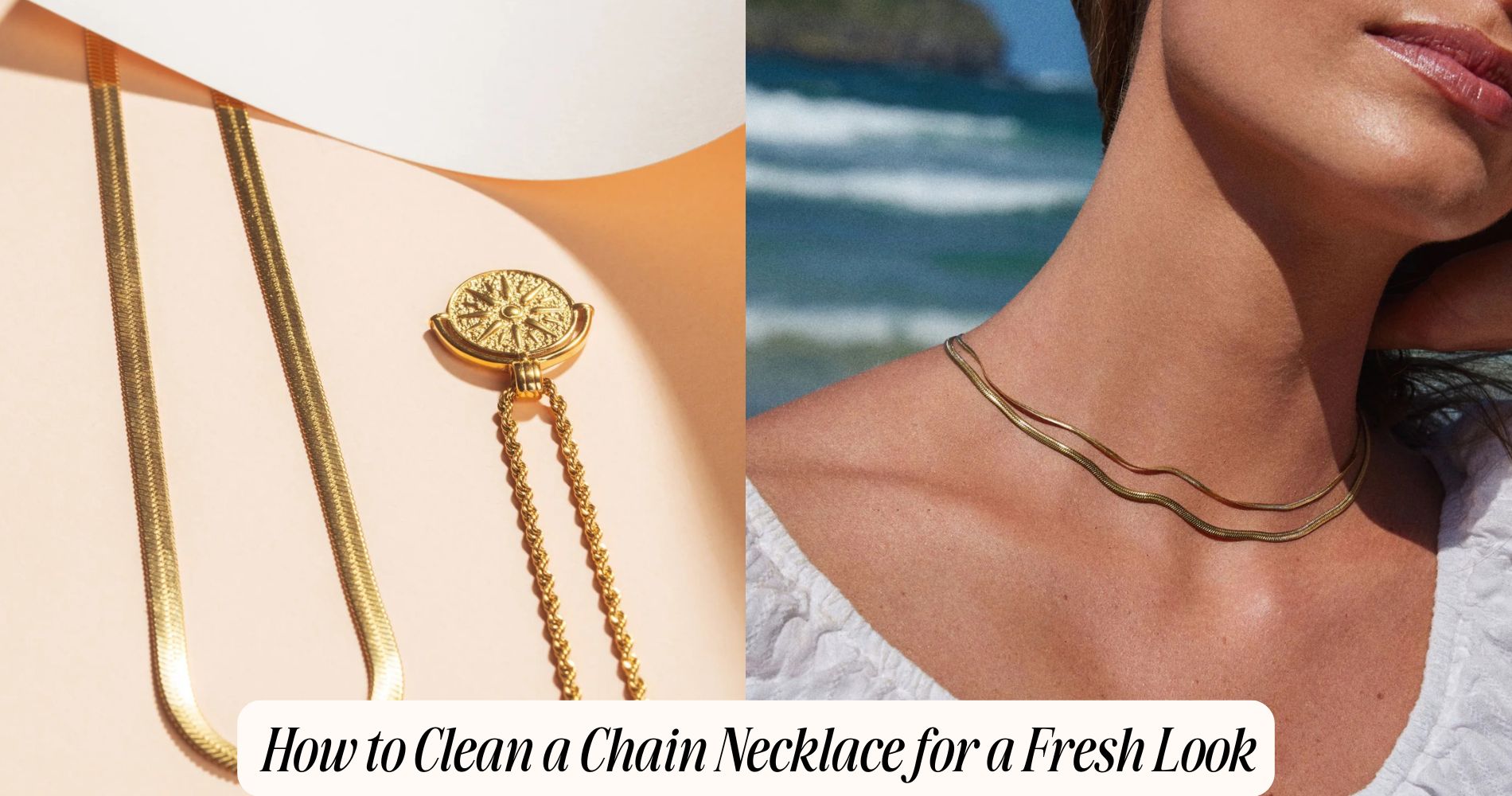
How to Clean a Chain Necklace for a Fresh Look
If you're wondering how to clean a chain necklace without damaging it, start by identifying the metal—whether it's gold, silver, stainless steel, or plated. Then, gather a soft-bristled toothbrush, microfiber cloth, and mild soap. Mix a gentle cleaning solution, soak the chain briefly, and carefully scrub any intricate links. Rinse thoroughly, pat dry with a lint-free cloth, and polish for added shine. To prevent tarnish, always store your necklace in a dry pouch. Want expert tips on long-term care and keeping every link pristine? Explore our gold stacking necklaces for inspiration and maintenance guides tailored to your favorite styles.
Assessing Your Chain Necklace Material
Before you begin cleaning, identify your chain necklace’s material, as different metals and finishes require specific care methods.
Examine the clasp, tags, and overall appearance to determine if your necklace is gold, silver, stainless steel, platinum, or plated.
Evaluate chain types—such as rope, box, curb, or Figaro—since their structure affects cleaning technique and solution penetration.
Assess material properties: solid gold and platinum resist tarnish, while silver and plated chains are more susceptible to chemical reactions.
Stainless steel offers high durability but may react to harsh cleaners.
If unsure, consult your purchase documentation or seek a jeweler’s advice.
Gathering Essential Cleaning Supplies
Once you’ve identified your chain necklace’s material, assemble the necessary cleaning supplies to guarantee safe and effective maintenance.
Select cleaning tools appropriate for the necklace’s composition; for example, use a soft-bristled toothbrush for intricate links and a lint-free microfiber cloth for gentle surface polishing.
Gather essential materials such as cotton swabs for hard-to-reach crevices and a small bowl for controlled cleaning.
If your necklace contains gemstones or delicate finishes, have a magnifying glass on hand to inspect for loose settings before and after cleaning.
Avoid abrasive pads or harsh brushes, which can scratch gold, silver, or plated metals.
Always use gloves to prevent transferring oils from your skin.
With these cleaning tools and essential materials ready, you’ll ascertain a safe, thorough cleaning process.
Preparing a Gentle Cleaning Solution
Since different metals and gemstones react uniquely to various chemicals, select a cleaning solution that’s compatible with your chain necklace’s material.
For gold or platinum chains without gemstones, combine a few drops of mild dish soap with one cup of lukewarm distilled water—this maintains ideal solution ratios and prevents harsh reactions.
If your necklace features gemstones or is made of silver, opt for gentle ingredients like a non-abrasive jewelry cleaner or a mixture of baking soda and water.
Avoid ammonia, bleach, or alcohol, as these can compromise delicate finishes.
Stir your chosen solution gently to guarantee full dissolution of cleaning agents.
Double-check your necklace’s care instructions to confirm suitable solution ratios.
Preparing the right mixture guarantees effective cleaning while protecting your necklace’s integrity.
Soaking the Necklace for Effective Cleaning
With your cleaning solution prepared, fully submerge the chain necklace in the mixture, guaranteeing complete coverage of every link.
Select a non-reactive bowl or container, such as glass or ceramic, to avoid unwanted chemical interactions with metal alloys.
The soaking duration is critical—generally, 10 to 15 minutes is sufficient for gold, platinum, or sterling silver necklaces. For plated or delicate materials, limit soaking to 5 minutes to prevent damage or discoloration.
Monitor the necklace periodically to confirm the soaking solutions aren't causing any adverse effects. Avoid prolonged immersion, which can compromise adhesives or loosen settings.
This soaking process loosens accumulated oils and debris, preparing the necklace for further cleaning steps.
Once the designated soaking duration elapses, promptly remove the necklace from the solution.
Brushing Away Dirt and Grime
After removing the necklace from the soaking solution, use a soft-bristled toothbrush or a specialty jewelry brush to gently dislodge loosened dirt and grime from each link.
Hold the chain taut to access tight spaces, and work methodically along the length of the necklace. Use short, controlled strokes with the bristle brush, focusing on intricate areas where debris accumulates, such as clasps and between chain links.
Apply minimal pressure to avoid scratching delicate metals or dislodging stones. For best results, match your cleaning frequency to the necklace’s material and how often you wear it.
Gold and silver chains typically benefit from monthly brushing, while plated or delicate pieces may require less frequent attention.
Always inspect for remaining particles before proceeding to the next step.
Rinsing Thoroughly to Remove Residue
Once you've finished brushing, rinse the chain necklace under a gentle stream of lukewarm water to wash away loosened debris and cleaning solution.
Hold the chain between your fingers, allowing the water to flow through each link for effective residue removal.
Employ careful rinse techniques by agitating the necklace lightly while water runs over it, ensuring any remnants of cleaning agents are flushed from intricate areas.
Avoid using hot water, as it may damage delicate metals or loosen plating.
If your necklace features gemstones or mixed materials, verify they’re water-safe before proceeding.
For stubborn residue, gently rub the links while rinsing.
Inspect the chain closely to confirm all soap and particulates are removed, as leftover residue can dull the metal or cause irritation on your skin.
Drying Your Chain Properly
Proper drying prevents water spots, tarnish, and moisture-related damage to your chain necklace. After rinsing, gently pat the chain dry using a lint-free microfiber cloth, which minimizes fiber transfer and scratching.
Avoid paper towels or rough fabrics, as they can abrade delicate metals. For intricate chain links, use compressed air or a soft brush to dislodge trapped water droplets.
Employ air drying as a reliable technique: lay the chain flat on a clean, dry towel in a well-ventilated area, ensuring the necklace isn’t overlapping to promote uniform evaporation.
Don’t use heat sources like hairdryers, as rapid temperature changes may warp softer metals or loosen clasps. Monitor for residual moisture, especially at clasps and junctions, before storing your chain.
Polishing for Extra Shine
Although your chain is now clean and dry, polishing elevates its luster by removing fine smudges and restoring the metal’s natural brilliance.
Select a microfiber cloth or a specialized jewelry polishing cloth—these tools prevent scratches and optimize shine enhancement. Employ gentle, unidirectional strokes along the chain’s length, applying light pressure to avoid deforming delicate links.
For intricate chains, use a soft-bristled brush with a minimal amount of non-abrasive polish, guaranteeing you reach recessed areas without residue buildup. When using commercial polishing compounds, verify compatibility with your chain’s metal to avoid surface damage.
Precision in your polishing techniques guarantees uniform shine and highlights the chain’s craftsmanship. After polishing, inspect under natural light to confirm you’ve achieved a high-gloss, streak-free finish.
Storing Your Necklace to Prevent Tarnish
Even when your chain necklace gleams after cleaning and polishing, improper storage can accelerate tarnish and diminish its appearance.
For effective tarnish prevention, always store your necklace in a low-humidity environment. Use anti-tarnish storage solutions such as specialized jewelry pouches lined with tarnish-resistant fabric or airtight zip-lock bags.
If your necklace is silver or gold-plated, consider inserting anti-tarnish strips or silica gel packets into the storage container to absorb excess moisture and neutralize corrosive agents.
Avoid direct contact with wood, cardboard, or newspaper, as they may emit chemicals that trigger tarnishing.
Hang chain necklaces separately or place them flat to prevent kinks and abrasion.
Make certain the necklace is fully dry before storing to reduce risk of oxidation and preserve its luster.
Tips for Regular Maintenance and Care
To keep your chain necklace in best condition, establish a routine cleaning schedule based on the material type and frequency of wear.
For gold or platinum, use a soft cloth for daily wiping and mild soapy water for monthly deep cleans.
Sterling silver requires anti-tarnish cloths and periodic use of specialized silver polish.
Stainless steel chains can be cleaned weekly with a microfiber cloth and gentle detergent.
Always inspect clasps and links for signs of stress or wear—early detection prevents breakage.
Incorporate chain care by removing your necklace before swimming, showering, or applying lotions.
Store chains separately to prevent abrasion.
These maintenance tips guarantee your necklace remains lustrous, minimizes tarnish, and extends its lifespan.
Consistent attention to material needs maximizes durability and appearance.
Frequently Asked Questions
Can I Wear My Chain Necklace While Swimming or Showering?
You shouldn't wear your chain necklace while swimming or showering. For swimming safety, chlorine and saltwater corrode metals. Showering precautions include soap buildup and moisture, which tarnish finishes. Always remove jewelry, especially gold-plated or silver chains, to prevent degradation.
How Do I Fix a Tangled or Knotted Chain Necklace?
To fix a tangled or knotted chain necklace, lay it flat on a soft cloth, apply a drop of baby oil for lubrication, and use precision tweezers for knot removal techniques. For tangling prevention tips, store chains individually.
Are Ultrasonic Cleaners Safe for All Chain Necklace Types?
You should assess chain necklace materials before using ultrasonic cleaners. While ultrasonic cleaner benefits include deep cleaning, they're not safe for all types—delicate gemstones, pearls, or soft metals like gold-plated chains may sustain damage from ultrasonic vibration.
What Should I Do if My Chain Necklace Breaks?
If your chain necklace breaks, assess the material—gold, silver, or stainless steel. For minor breaks, use precision pliers for repair options. For extensive damage, consult a jeweler for professional soldering or consider necklace replacement.
How Can I Tell if My Chain Necklace Is Real Gold or Silver?
To determine authenticity, inspect your chain for a silver hallmark like “925” or a gold karat stamp (e.g., “14K”). For certainty, perform a gold testing kit procedure or consult a jeweler for professional material analysis.
Conclusion
Maintaining your chain necklace’s luster relies on material-specific care and precision cleaning. Always verify the alloy or metal type before selecting solvents or brushes. Stick to lint-free cloths and non-abrasive polishes for best results. Store your chain in an anti-tarnish pouch or dedicated box to minimize oxidation and scratches. By following these detailed steps and maintaining a regular cleaning regimen, you’ll guarantee your necklace retains its brilliance and structural integrity for years to come.







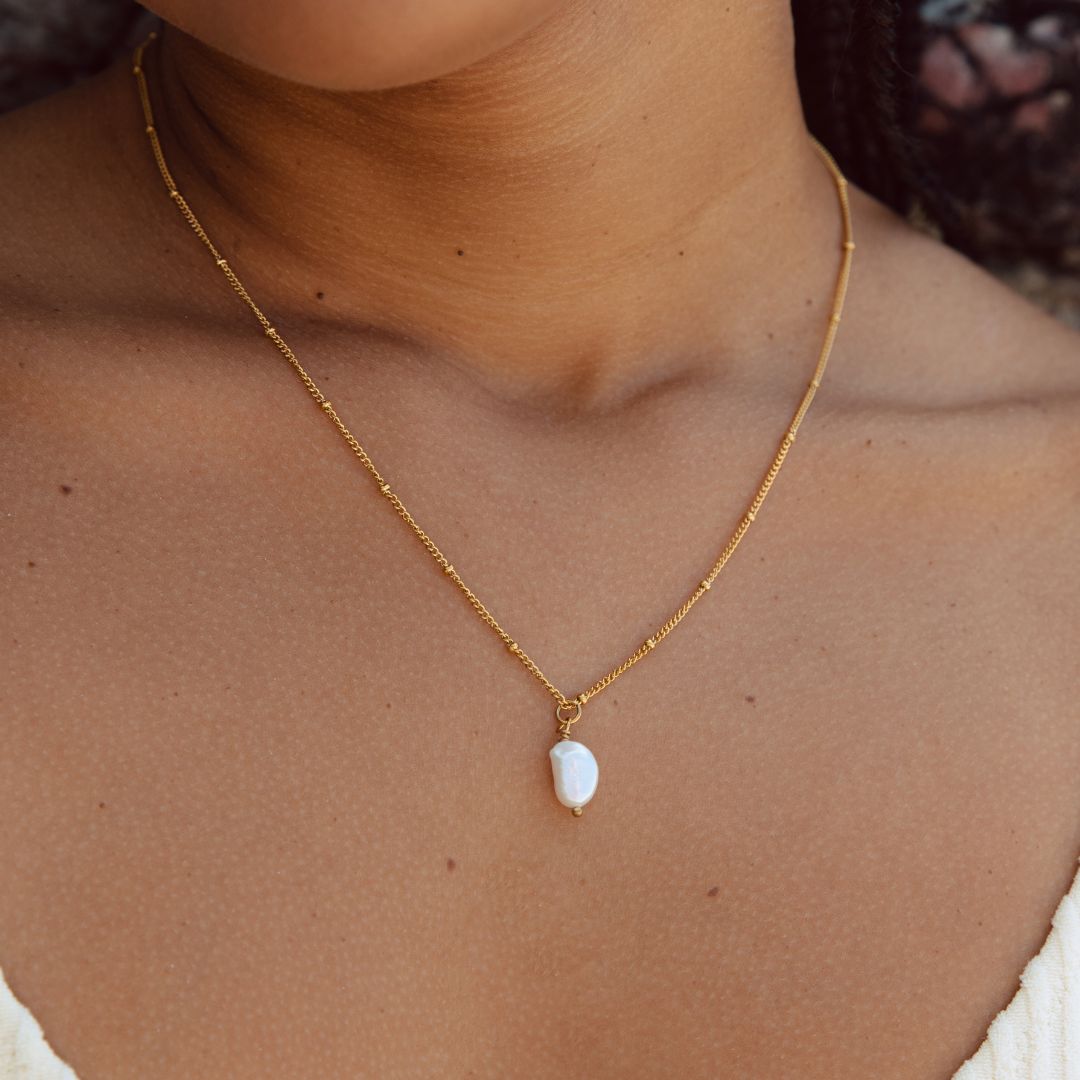

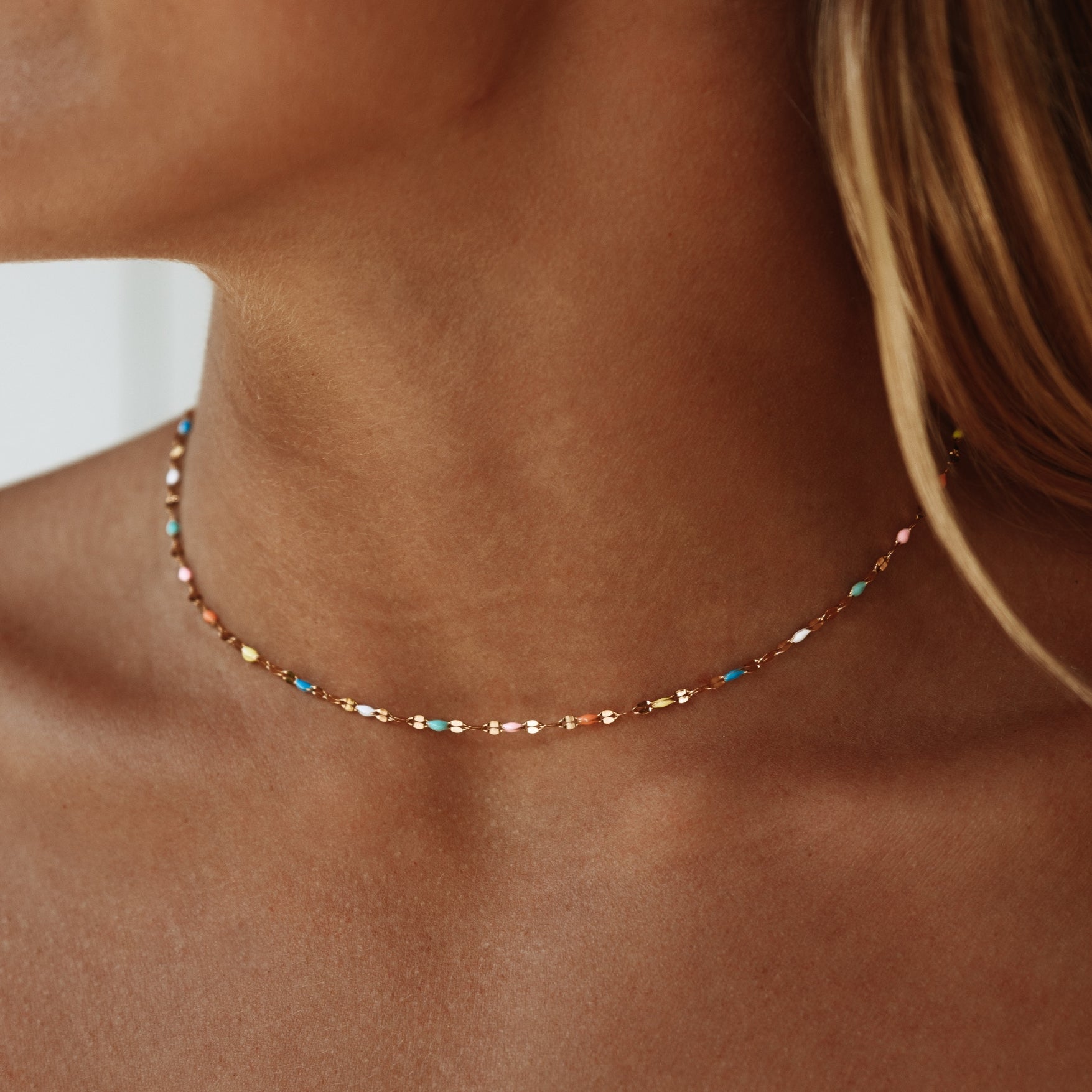


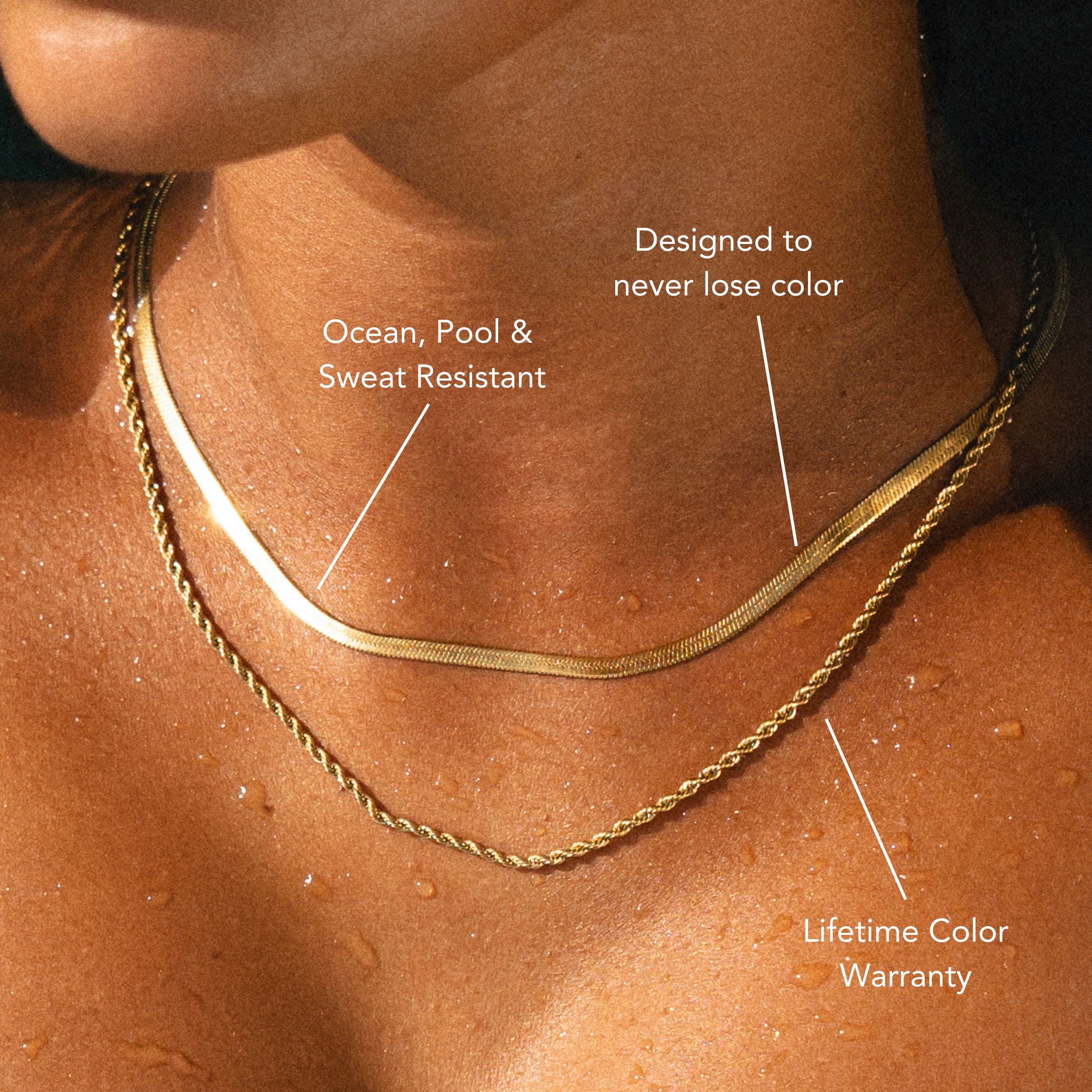
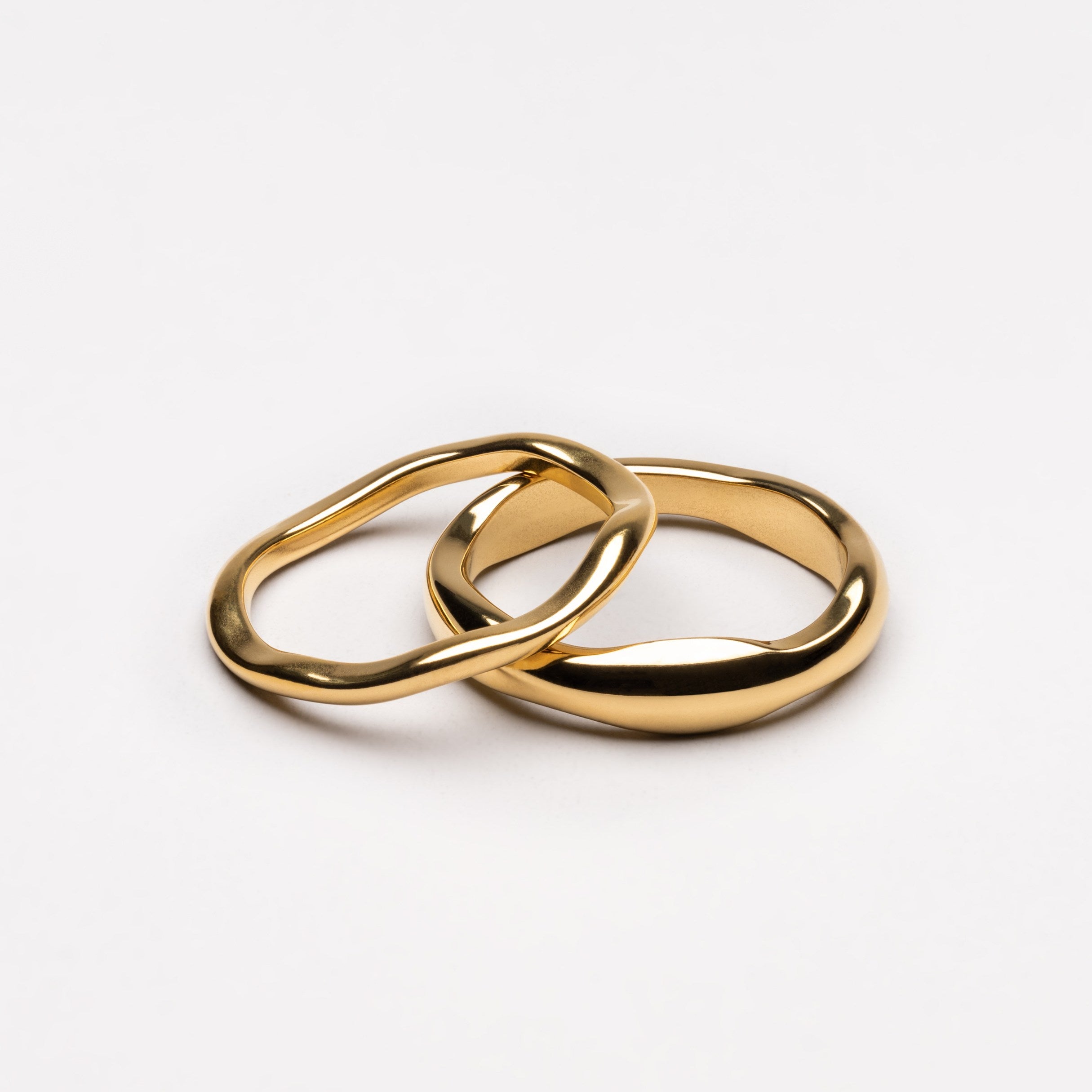
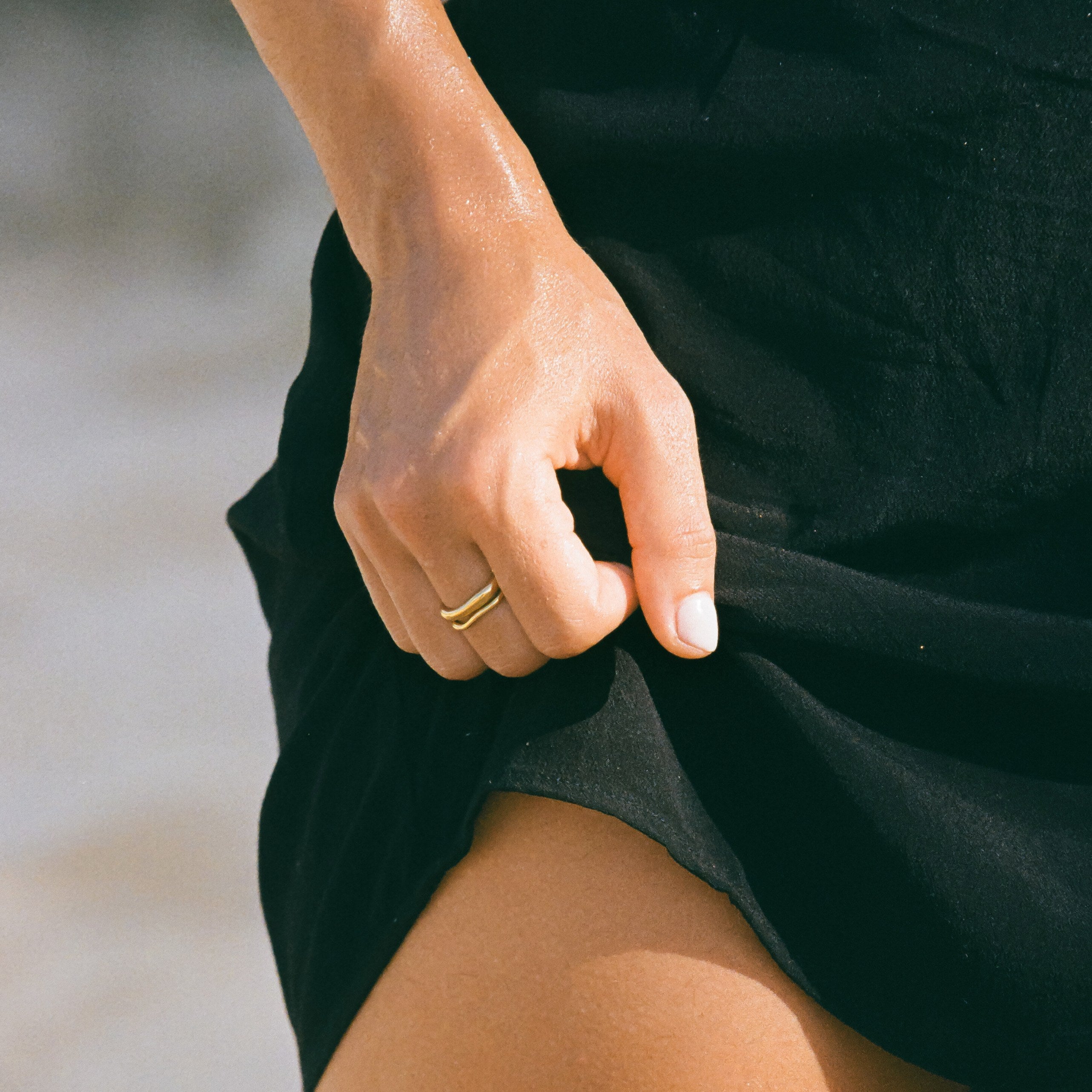

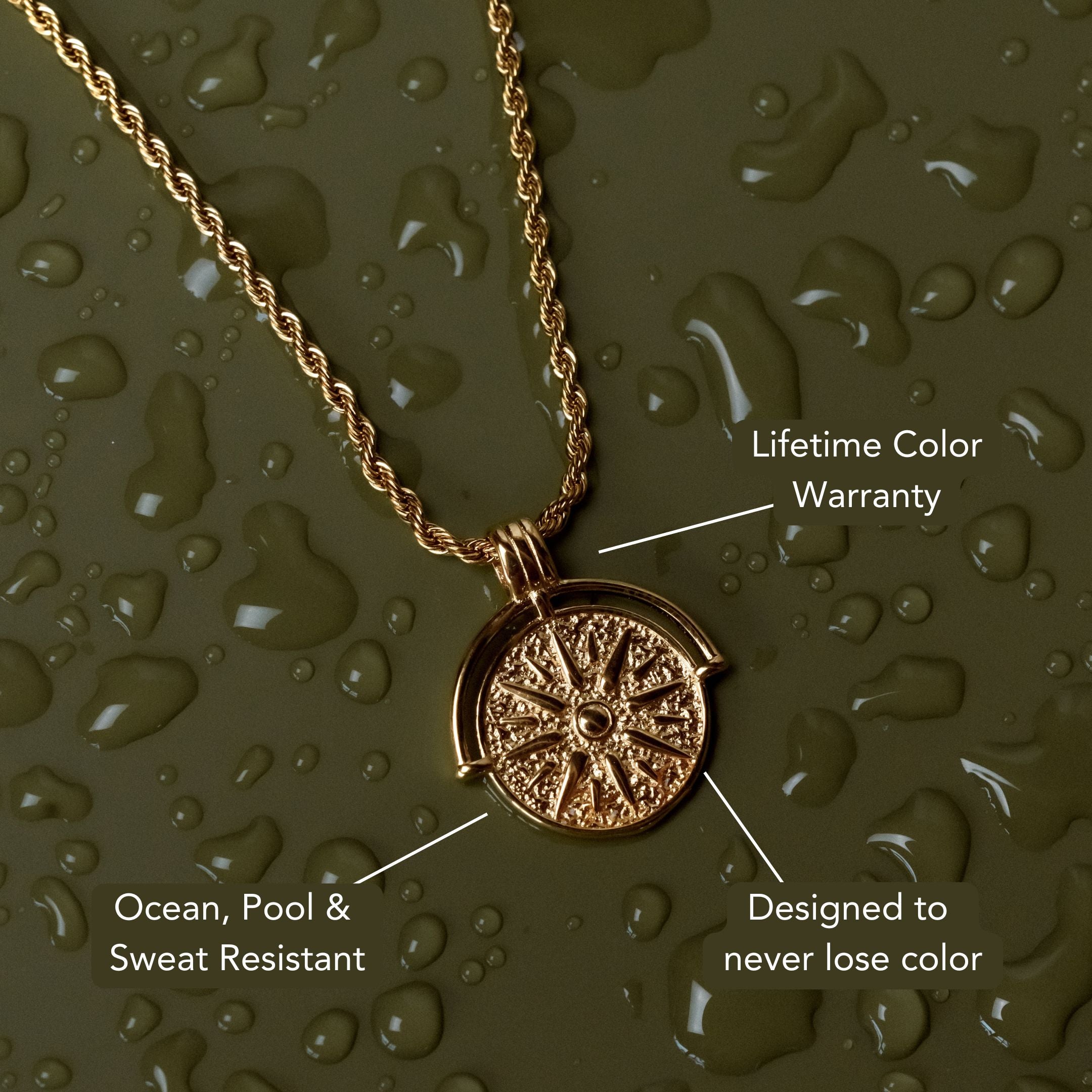

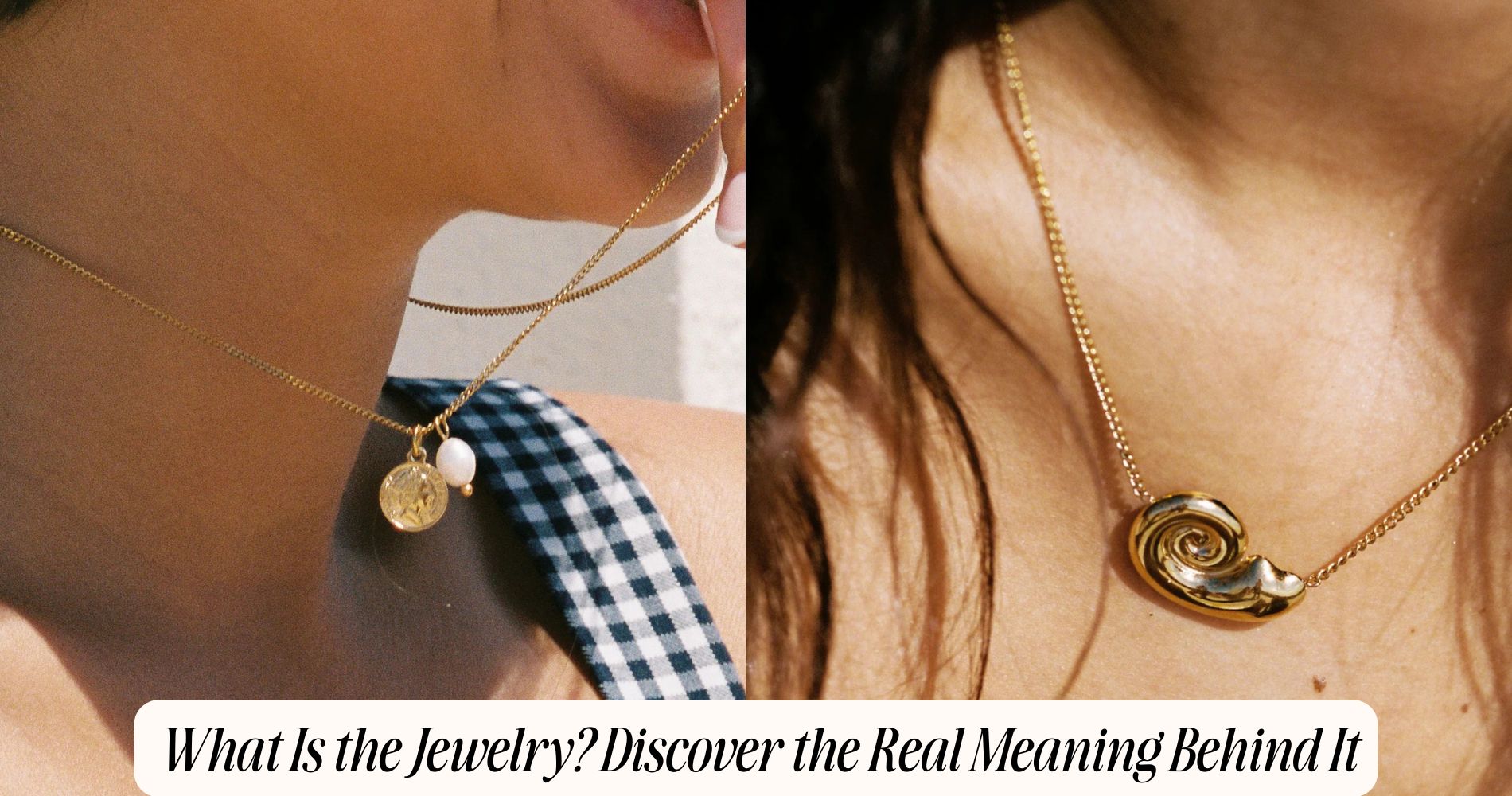




コメントを書く
このサイトはhCaptchaによって保護されており、hCaptchaプライバシーポリシーおよび利用規約が適用されます。